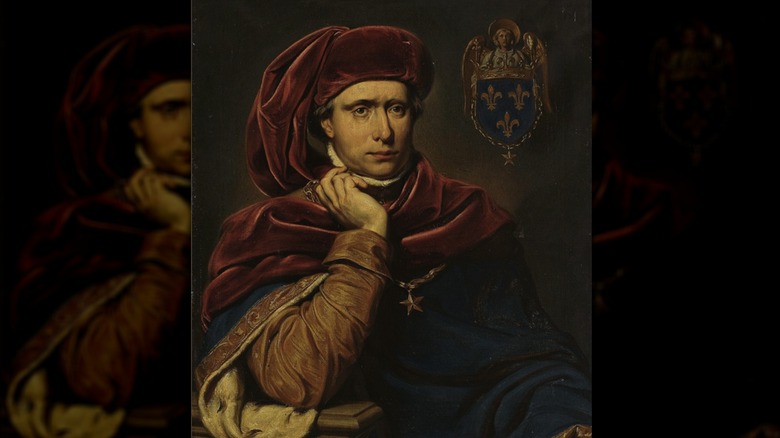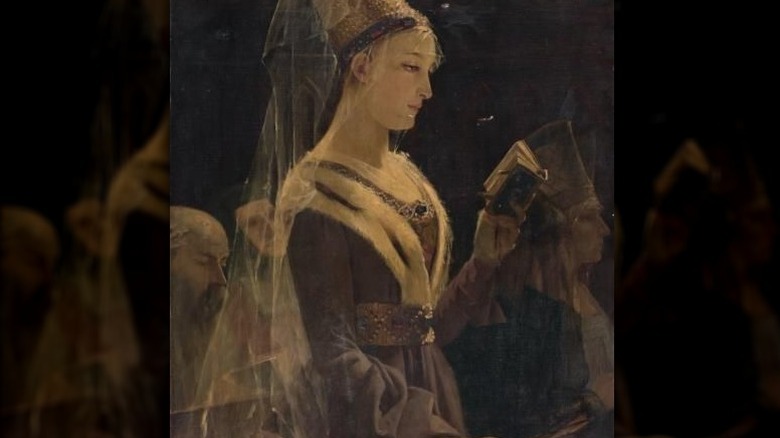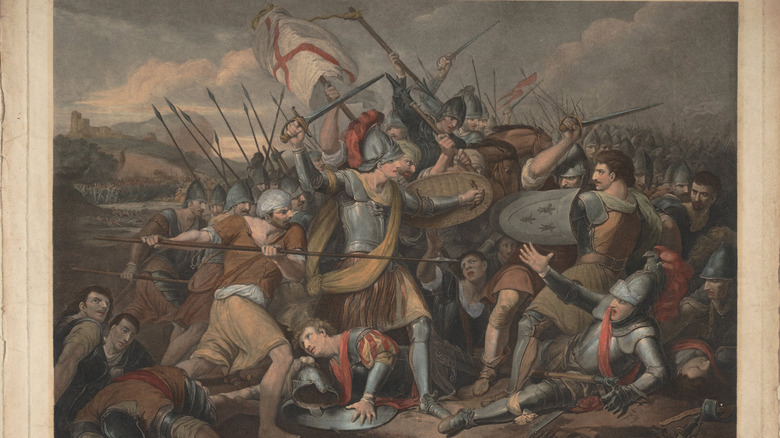The Ball Of The Burning Men: When The Duke Of Orleans Lit His Colleagues On Fire
King Charles VI of France was not known for his exceptional health during his life and is often referred to by historians, as well as his contemporaries, as "Charles the Mad," given what was described as his erratic spells of madness. He assumed the throne when he was only 11 years old, and being named king of a major nation at that young age must have had a profound effect on him.
When he first became king, many of Charles' uncles and people working for his father took much of the royal duties off of young Charles' hands. However, as he grew older, he wanted to take back what was rightfully his. Unfortunately, Charles came to power at a very contentious time during French history; England and France were fighting during the Hundred Years War and the German tribes were ransacking the French mainland. It may come as no surprise then that a young King Charles VI attacked some of his own men while marching his army, giving his wife, Queen Isabeau of Bavaria, the clear signal to help heal her husband's worsening mental health.
A festival is arranged
In 1393, Queen Isabeau organized a party celebrating one of her court ladies' weddings at Hotel Saint-Pol. Six men of high notoriety in the royal court, including King Charles VI, were dressed up in a manner to represent wild people in the forest, known as charivari. The extravagant event had all sorts of riches and fine fabrics lining up the room, with the guests having to guess who each of the dancers was.
All was going well until King Charles VI's brother, Duke Louis of Orleans, drunkenly stammered into the reception, walking straight up to the charivari. Beforehand, Queen Isabeau declared that no fire, such as candles or torches, shall be permitted on site, given the flammability of the costumes. These costumes were designed with wax and soaked in pitch so any spark could cause an outburst of flames. And well, the Duke of Orleans didn't exactly get the memo, and disaster soon struck.
Charles the Mad
The Duke of Orleans, carrying his torch, held the light to one of the dancer's faces in hopes of recognizing the person. Supposedly, as the story goes, a single spark from the Duke landed on a dancer, causing the entire costume to combust. The other dancers caught fire, but Duchess Joan de Berry found King Charles VI and protected him with her skirt. Only one of the dancers could extinguish themselves, whereas the other four burned to death.
King Charles VI's mental state was distraught after the event, which only accelerated his already delicate condition. As for the Duke of Orleans, he was murdered in 1407 by rival factions who were eyeing political control. By 1415, the British won the Battle of Agincourt and controlled much of the region. Queen Isabeau then convinced King Charles VI to have their daughter, Catherine, marry the King of England, Henry V, giving England control of Northern France. Charles VI's son, Charles VII, declared himself king of France but only controlled the Southern regions. Charles VI died in 1422, leaving France split in half, partly due to his inability to properly lead his country stemming from his struggles with mental health and the people who took advantage of his situation.
If you or someone you know needs help with mental health, please contact the Crisis Text Line by texting HOME to 741741, call the National Alliance on Mental Illness helpline at 1-800-950-NAMI (6264), or visit the National Institute of Mental Health website.


